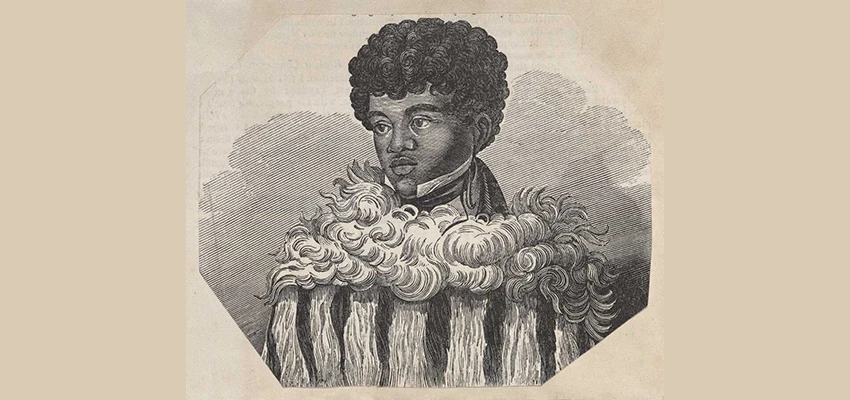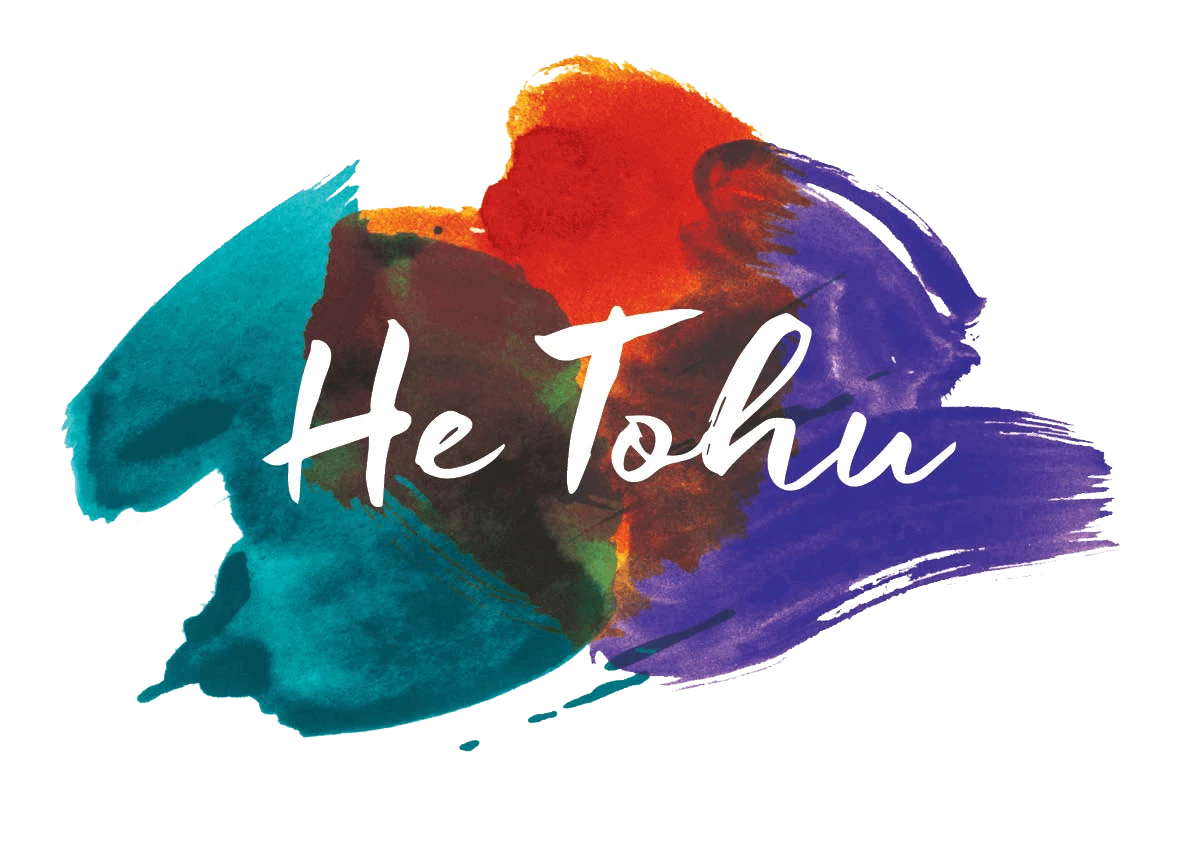He Whakaputanga — from its creation to now

Portrait of Eruera Pare Hongi, 1834. Artist unknown. Ref: E-296-q-180-2 Alexander Turnbull Library. Some rights reserved.
Eruera wrote the Māori text of He Whakaputanga.
Explore the journey He Whakaputanga has taken — from its creation in Waitangi on 28 October 1835 to its preservation as a taonga for future generations in the He Tohu exhibition today.
Concepts
Significance, preservation, identity, organisation, ceremony, protocols.
He Tohu themes: the documents, people.
What to do
Find out about the paper and ink used
The paper for He Whakaputanga was made from rags.
Get students to research how to make rag paper and have a go.
The text of He Whakaputanga was written with iron gall ink.
Get students to research iron gall ink ingredients and the process for making it. Students can write this up as a 'recipe'.
Investigate the writing and signing of He Whakaputanga
Individually or in groups, get students to:
identify:
who wrote He Whakaputanga in English
who translated it into te reo Māori, and
how Eruera Pare Hongi was involved — the He Whakaputanga — whose hand was it that crafted these words? video and transcript provides some information
investigate Ereura Pare Hongi and his importance to written te reo Māori
find out who signed He Whakaputanga on 28 October 1835 and where
find out who signed He Whakaputanga later and where they signed it.
Understand He Whakaputanga's history in He Tohu
Before the He Tohu exhibition opened, New Zealand’s 3 iconic constitutional documents moved from Archives New Zealand to the National Library of New Zealand in a historic and emotional predawn ceremonial procession.
Get students to read Moving the documents, watch the video on that web page, and answer the following questions:
What protocols and ceremony surrounded the moving of New Zealand's founding documents from Archives New Zealand to the He Tohu exhibition in the National Library, Wellington?
Why was it such a careful and significant ceremony?
Why did this happen predawn?
Who do you think was involved in the complete process?
He Tohu is a permanent exhibition of 3 iconic constitutional documents that shape Aotearoa New Zealand. To find out more, get students to watch He Tohu exhibition (YouTube video, 3:06). Discuss:
the importance of He Tohu
what interactions they could see
what information is available
why has so much time and effort has gone into creating He Tohu?
Find out about the conservation of He Whakaputanga as a taonga
Get students to read:
Then answer these questions:
What are the concerns about preserving this document today?
What processes have had to happen in order to display the original He Whakaputanga document in He Tohu?
What conditions have to be managed and monitored carefully?
What occupations and skills would be involved with the process of moving He Whakaputanga from Archives New Zealand to He Tohu and the preservation of the original documents?
What are the special materials and processes used to preserve He Whakaputanga in He Tohu?
Some useful resources
He Tohu:
Topic Explorer:
Archives New Zealand:
NZHistory:
New Zealand Curriculum — social sciences
Identity, Culture, and Organisation
Achievement objectives:
